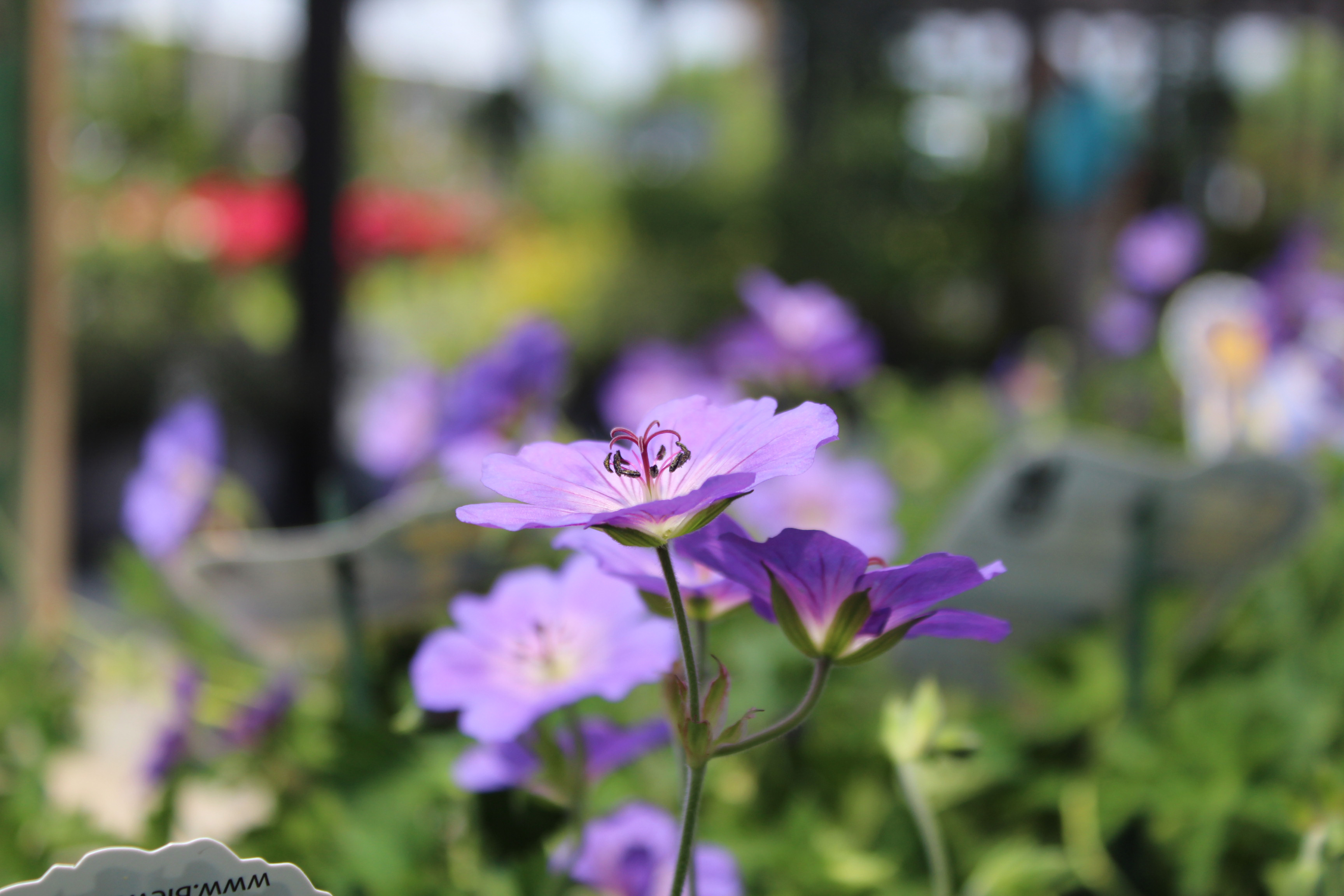Plants for Dry Shade

The Challenge & The Solution
Creating a green haven in dry shade ranks as one of garden-making’s greatest challenges. While shade itself is far from a liability, the combination of deep shade and dry, often densely soil can prevent even the most skilled gardener with significant difficulties. Altering the environment may be the initial response, and indeed, simple changes can dramatically improve growing conditions. For instance: soil improvement is essential for providing nourishment to roots in a competitive environment. Judicious tree branch thinning brings more light to persistently dark places.
It is equally important to select plants proven adaptable to such tough conditions. By altering the growing environment and choosing appropriate plants, the resourceful gardener can achieve exciting results. To discover what will succeed in your dry, shady garden, look at what grows happily in your local woods. Beneath local boughs grow a host of perennials, from robust Coltsfoot, false Solomon’s Seal, Sword Fern, dainty Trilliums and tiny Orchids.
Whatever their provenance, woodland plants have similar needs. All tolerate or even require shade and compete well for nutrients in crowded settings. Most have low or seasonal water requirements, generally preferring to be wet in the winter and spring and dry in the summer. Many bloom early or late in the year, when the leaf canopy is thin or nonexistent, and experience most of their active growth in the fall, winter (when roots flourish), and early spring, going dormant as summer heats up. Shade gardeners soon discover that, because most woodland wildflowers are early bloomers, it takes some effort to develop and extend the flowering season. The solution is to expand your palette of plants to include a variety of evergreen or semi evergreen shrubs and perennials that will help plantings look furnished at all times.
Plant List:
Chrysogonum – Goldenstar
Convallaria – Lily of the Valley
Dennstaedtia – Hayscented Fern
Dicentra eximia – Fernleaf Bleading Heart
Dicentra Spectablis – Bleeding Heart
Digitalis – Foxglove
Dryopteris serythrosora – Autumn Fern
Dryopteris marginalis – Evergreen Wood fern
Epimedium – Barronwort
Euonymous coloratus – Wintercreeper
Euphorbia spp. – Spurge
Geranium spp. – Cranesbill
Hedera helix - Ivy
Heuchera Americana – Coral Bells
Heucherella – Mini Bells
Hosta spp. – Plaintain Lily
Lamiastrium – Golden Archangel
Lamium – Spotted Dead Nettle
Liriope spp. – Lilyturf
Ophiopogon – Mondo Grass
Pachysandra proc. – Allegheny Spurge
Pachysandra terminalis – Spurge
Polygonatum spp. – Solomon’s Seal
Sedum ternatum – Wood Stonecrop
Tiarella – Foamflower
Vinca minor – Periwinkle
Viola – Wood violet
Waldesteinia – Barren Strawberry
